The Nature and Environment Lesson in Grade 1 “B”
A.A. Pleshakov "The World Around Us"
Topic: "Where Do Polar Bears Live?"
Primary School Teacher: Shabanova E.A.
Lesson Objective:
To develop students' understanding of the diversity of Earth's nature.
Expected Student Outcomes:
-
Understand that there are very cold regions on Earth — the Arctic Ocean and Antarctica;
-
Learn to locate these regions on the globe and name animals that inhabit them.
Materials and Equipment:
Teacher: globe; cards with the words Arctic, Antarctica, North Pole, South Pole; modeling kit including a physical world map, animal figurines; video clips or slides about the Arctic and Antarctic wildlife; magic flower model (from the tale The Flower with Seven Petals), audio recordings of songs (“The She-Bear’s Lullaby”); exhibition of books about wildlife in cold regions, children's encyclopedias.
Students: modeling kits with physical world map; animal figurines; colored pencils; signal cards (green and red circles); for craft project “Umka”: templates, paint or colored pencils, glue, cotton or synthetic stuffing.
Electronic Resources: video clips from cartoons “The Little Penguin Lolo”, “Umka”; Children’s Electronic Encyclopedia “Kirill and Mefodiy.”
Lesson Objectives:
-
Introduce students to Earth’s cold regions, their names, locations, and animal inhabitants;
-
Show the connection between natural conditions and animal life;
-
Teach basic skills for working with a globe and map;
-
Broaden horizons, develop vocabulary, the ability to compare and analyze;
-
Foster curiosity and a desire for knowledge.
Lesson Procedure:
1. Organizational Moment
The bell rings for class to start:
Let’s begin our lesson,
Working together, we’ll learn what's important!
If everyone is ready, I’d be happy to invite you on another journey.
But first, look at the words on the magnetic board —
What do you think they are and why are they here today?
(These are questions from previous lessons.)
We ask such questions in our lessons and learn how to find the answers.
Which questions have we already answered?
Today, the question WHERE will be especially important.
2. Introduction of the Topic
Listen carefully to these riddles:
In the deep blue ocean
I pull out a walrus with my paw,
On a polar slippery floe,
I drift without fear or flaw.
(Answer: Polar Bear)
(Teacher posts a picture of a polar bear on the board)
A fisher and a swimmer fine,
Wears a black tuxedo shine.
His icy bed — a floe so wide,
He sleeps on it while standing by.
(Answer: Penguin)
(Teacher posts a picture of a penguin on the board)
— Children, why do you think these animals are part of today’s lesson?
What question will become the main topic of our lesson?
3. Announcing the Lesson Topic and Goal
Topic of our lesson: “Where Do Polar Bears and Penguins Live?”
– Our friend, the little Ant named Question Mark, also wants to know where these animals live.
Who knows the answer?
(Children respond)
– Let’s remember the most adorable bear cub — Umka. (Umka’s figure is placed on the board)
Let’s travel with our friend the Ant to visit Umka! He will tell us about his homeland.
– Oh, kids, getting there is not easy… but the magic Flower with Seven Petals from the tale by V. Kataev will help us!
Let’s recall the magic spell that Zhenya said.
Repeat after me.
4. Physical Activity Break
Fly, fly, petal,
From the west to the east,
From the north to the south,
Then return, complete your route.
As you touch the ground again,
Grant my wish, so let it then… (repeat 2 times)
– …Bring us to the place
Where polar bears live!
(Children sit down; Teacher reads a passage from V. Kataev's fairy tale “The Flower with Seven Petals”)
“…No sooner had Zhenya spoken the words, when suddenly a whirlwind appeared, the sun vanished, and it became night. Zhenya, wearing her summer dress, with bare legs, found herself all alone, and it was -100 degrees outside! “Oh, Mommy, I’m freezing!” she cried, and her tears instantly turned into icicles. Just then, seven polar bears emerged from behind an ice floe, each one scarier than the last, and walked straight toward the girl…”
– Where did Zhenya find herself? Where are we now, children?
– Snow and ice all around... it’s very cold... (In the North, at the North Pole)
– On our globe, the North Pole is located here.
(Teacher shows North Pole on the globe)
– What color is this area on the globe?
Why do you think that is? What’s the weather like here?
– To survive here, we need
Part 2. Topic 5. Algorithm for Writing Redox Reaction Equations
Fostering Socialization and Preserving National Traditions Through Cultural Play in Primary Education
The Cossack and the Easter Bread
"Pedagogical Living Room Sessions: Community Circles of Educators 'Learning Together'"

 Deutsch
Deutsch
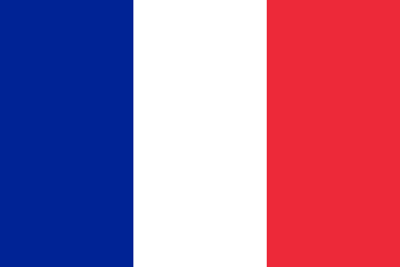 Francais
Francais
 Nederlands
Nederlands
 Svenska
Svenska
 Norsk
Norsk
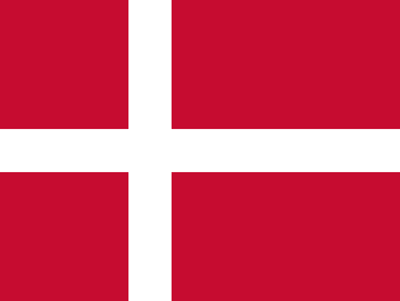 Dansk
Dansk
 Suomi
Suomi
 Espanol
Espanol
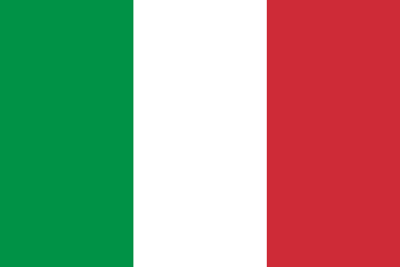 Italiano
Italiano
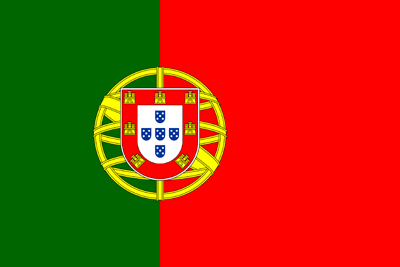 Portugues
Portugues
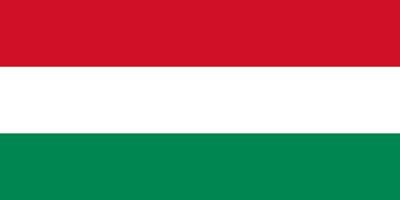 Magyar
Magyar
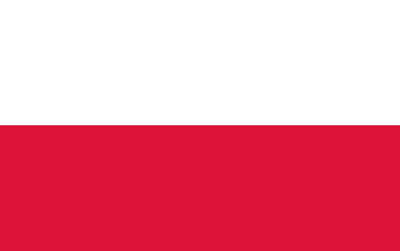 Polski
Polski
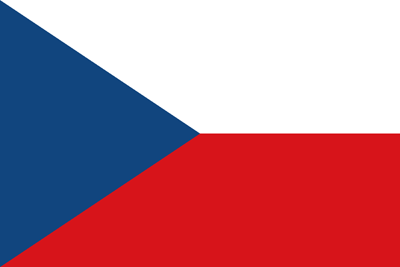 Cestina
Cestina
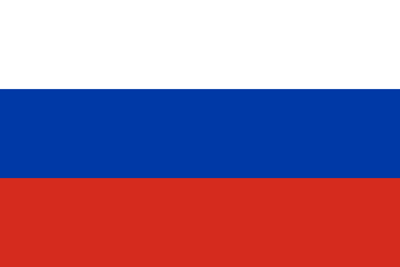 Русский
Русский